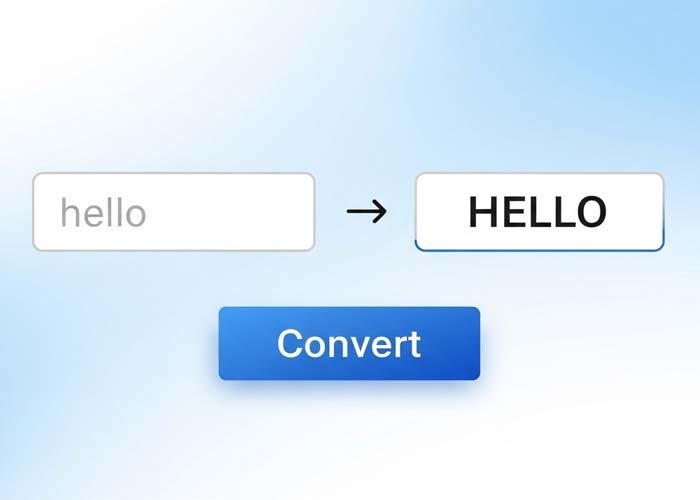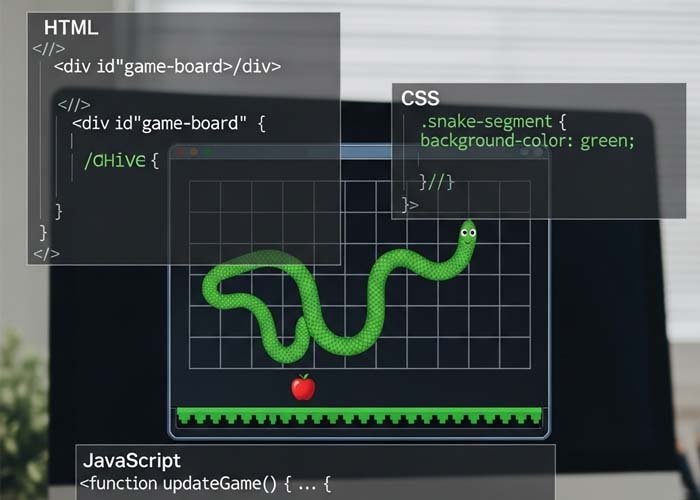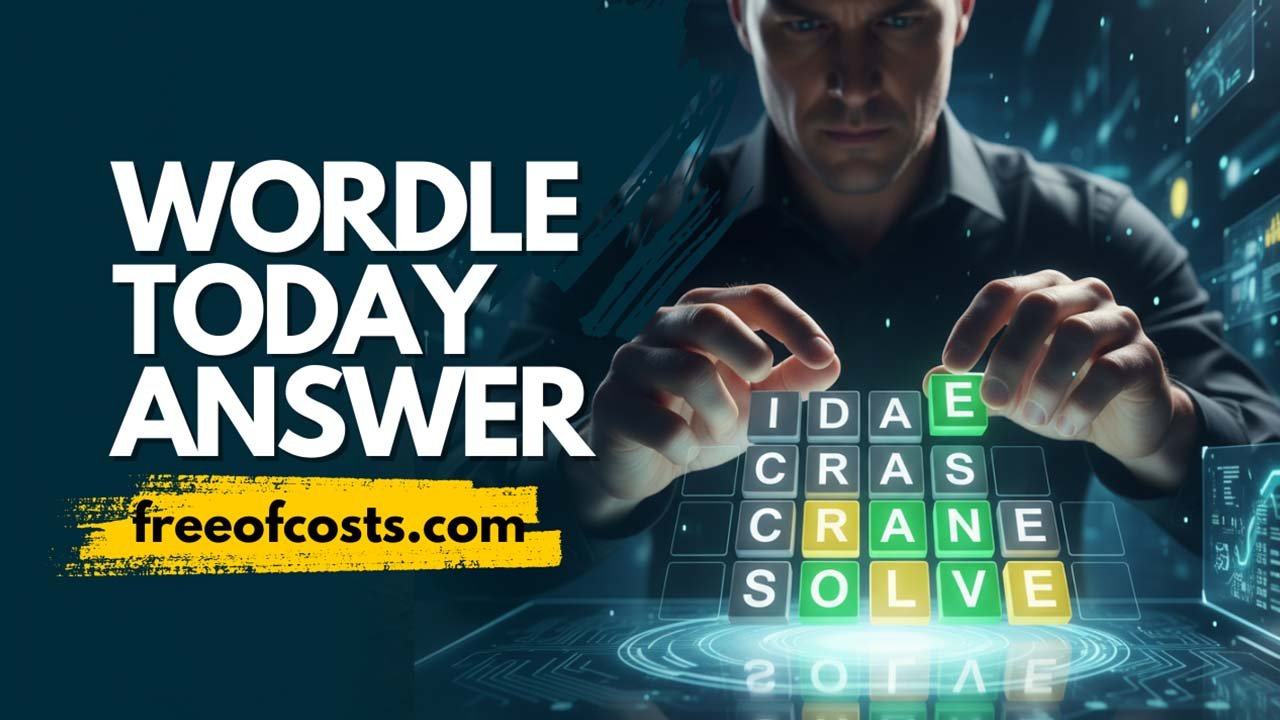Futuristic Holographic Checkbox UI Using HTML and CSS Only
If you’re looking to add a futuristic and interactive user interface element to your website, this holographic checkbox is a next-level CSS project. Inspired by sci-fi visuals and deep space interfaces, it offers a stunning mix of 3D transformations, glowing particles, animated grid lines, and interactive scan effects — all without a single line of JavaScript.
This post will break down what this holographic checkbox does and why it’s one of the most creative UI components you can build using just HTML and CSS.
What Is a Holographic Checkbox?
This holographic checkbox is not your average form element. It features:
A 3D glowing cube with transform animations
Multiple background star layers to simulate a deep-space effect
An animated grid background moving in perspective
Scanning lines and holographic pulses
Particles and rings that activate on check
Frequency bars mimicking signal activity
Floating data chips with system feedback
“System Activated” or “Deactivated” status updates
When the checkbox is toggled, the entire environment comes to life.
Key Visual Features
1. Starry Background Layers
Using translateZ and slow linear animations, the star-layer divs create a 3D parallax effect. Each layer moves independently to simulate stars drifting in a galactic backdrop.
2. 3D Cube Animation
A cube composed of six faces rotates continuously when the checkbox is checked. It uses transform-style: preserve-3d and @keyframes to rotate in all three axes.
3. Grid Plane Movement
The grid plane below the checkbox animates forward using a perspective tilt. This gives the effect of depth — as if the checkbox is hovering in a sci-fi control panel.
4. Glowing Activation Rings
Three concentric rings expand and fade outward when toggled on, using timed animations. These visual pulses give real-time activation feedback to the user.
5. Particle Effects
Particles placed in random positions float upward, creating a shimmering holographic effect. Each one has its own delay and scale animation.
6. Frequency Spectrum Bars
20 animated bars mimic a sound or signal display. Their heights animate on activation, like a futuristic radio or scanner.
7. Data Chips and System Status
Dynamic chips display pseudo system data such as “STATUS: IDLE” or “SYNCH: PENDING.” These elements animate with scale and fade effects.
How It Works – HTML and CSS Breakdown
This UI is built entirely with semantic HTML and advanced CSS features:
Checkbox Input: Hidden from view but triggers all animations using the
:checkedpseudo-class.CSS Animations: Every animation is handled using
@keyframesandtransitionproperties.Pseudo-Elements: Used creatively for particle layers, glowing effects, and visual highlights.
Preserve-3D: Gives a sense of real object movement in three-dimensional space.
CSS Variables: Colors and states are controlled using custom properties for easy updates.
Performance Benefits
No JavaScript required
Lightweight and fast to load
Purely visual, no third-party dependencies
Easily customizable with CSS variables
Use Cases
This advanced checkbox can be used in:
Sci-fi themed websites
Web3 project dashboards
Gaming UIs
Cyberpunk landing pages
Data visualization panels
Educational and tech demo pages
Live Integration Tip
To enhance this holographic checkbox further:
Add sound effects using JS for toggle actions.
Combine it with other 3D elements like buttons or toggles.
Use dark mode themes to maximize the glowing visuals.
Final Thoughts
This holographic checkbox demonstrates the creative power of modern CSS. It turns a basic form element into a visually stunning and interactive centerpiece. Whether you’re designing a landing page or building a futuristic interface, this effect is a sure way to impress users and stand out.
Want more futuristic UI elements built with CSS? Stay tuned for more tutorials like this, and don’t forget to explore the limits of what you can do without JavaScript.
This code uses HTML and CSS only — no JavaScript included.
Copyright – 2025 reglobby (murphyy)
Permission is freely granted to anyone who obtains a copy of this software and its accompanying documentation files (referred to as “the Software”), allowing them to use, copy, modify, merge, publish, distribute, sublicense, and even sell copies of the Software. Additionally, users are allowed to permit others to use the Software under these same terms.
It is required that the above copyright notices and this permission notice be included in all versions or significant portions of the Software.
Please note, the Software is provided “as is”, without any form of warranty—express or implied. This includes, but is not limited to, warranties of merchantability, fitness for a specific purpose, or non-infringement. Under no circumstances shall the original authors or rights holders be held responsible for any claims, damages, or other liabilities that may arise from the use of the Software, whether through legal action, negligence, or otherwise.
All code on Freeofcosts.com is reviewed before publishing. Each post includes a live code editor with real-time preview, so you can experiment and learn by doing. Most code is open-source and free to use or modify under respective licenses.



